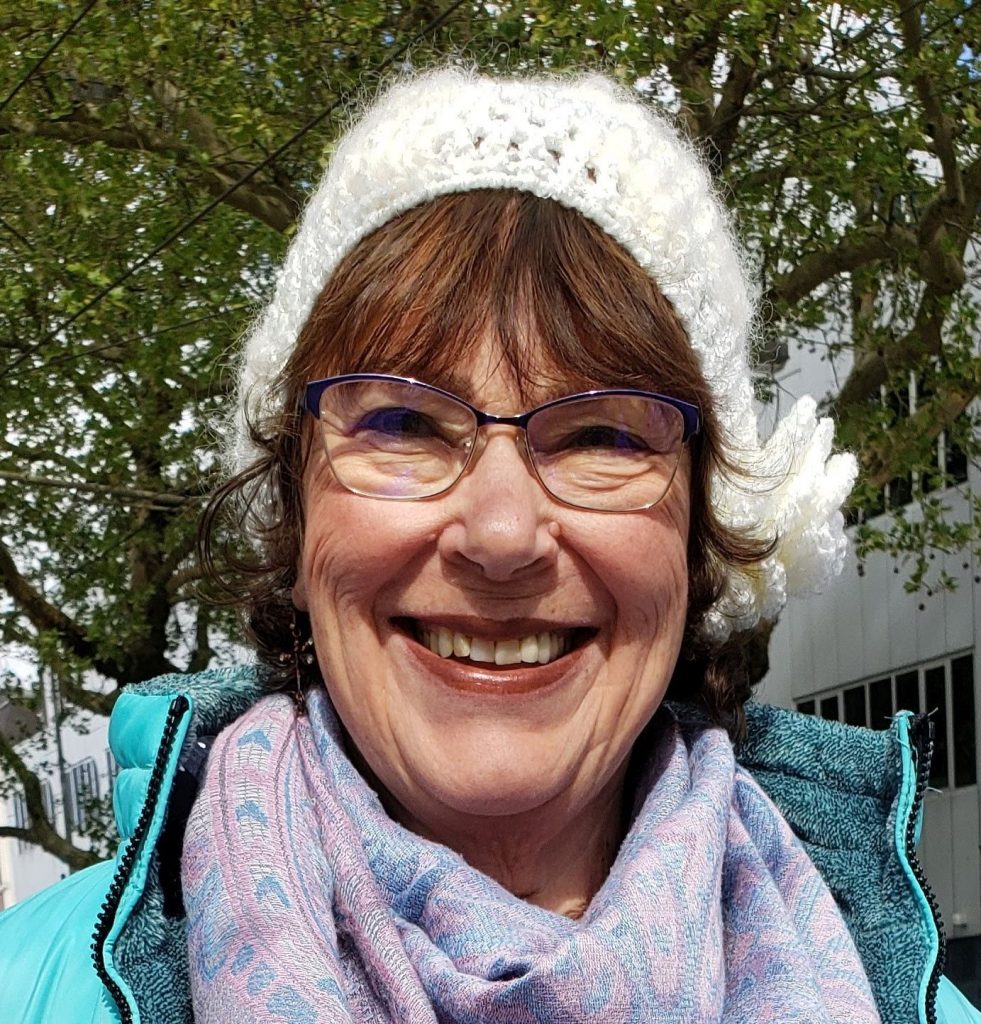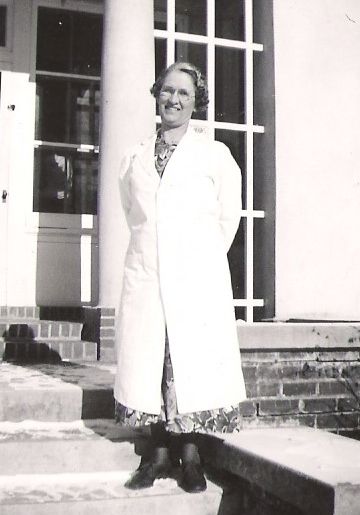In a time of global pandemic, Woodland author Pat Nelson recently published Open Window: The Lake Julia TB Sanatorium, a Community Created by Tuberculosis, providing a look back to a time and community that was defined by a disease.

Pat Nelson is a freelance proofreader and editor as well as a former columnist for The Daily News and The Valley Bugler. She is co-creator of two humorous anthologies, Not Your Mother’s Book on Being a Parent and Not Your Mother’s Book on Working for a Living. Her short stories have been published in Chicken Soup for the Soul and the Not Your Mother’s Book anthology series. She lives in Woodland with her husband, Bob.

In the early years of TB sanatoriums, mothers, fathers, children, grandparents, the young and the old, rich and poor, went away to recover at hospitals where even in winter they slept by open windows, sometimes waking to snow and ice on their thick covering of blankets.
While tuberculosis still casts its sinister shadow, infecting one-fourth of the world’s population, Open Window looks back to the Lake Julia Tuberculosis Sanatorium in Northern Minnesota where the author’s parents once lived and worked, a place where an entire community was created and bound together by the tubercle bacillus. At the heart of the community is the determined Dr. Mary Ghostley who some called a witch for studying medicine in the early 1900s. Along with Dr. Ghostley are dedicated staff, risking their own health for their patients, and the patients themselves who “worked hard at doing nothing,” hoping their treatment would allow them someday to return home rather than leaving in a box.
Alan recently spoke with Pat about her book and about publishing during a new pandemic.
This is quite a change in tone and topic from your earlier humorous works. Where did the idea for this book come from?
I lived on the dairy farm of the Lake Julia Tuberculosis Sanatorium in Minnesota when I was very young, from ages two to four. In spite of my young age, the “San” had a huge influence on my life because it was so important to my parents, who worked there.
I left Minnesota for Washington when I was five. When I returned nearly 30 years later, I was overwhelmed by the sense of community that remained. Everywhere I turned, I was “welcomed home.” When I detect a story, it’s like hearing something faint, then listening as it becomes louder and louder, and so persistent that I can’t dismiss it. When a friend asked me why I wrote Open Window, my reply was, “I didn’t have a choice.”
You call this a “collective biography,” of Dr. Mary Ghostley, of your parents, and one of the long-term residents, Art Holmstrom. But it’s also a kind of biography of the community.
Yes, the sanatorium was located two miles from the small town of Puposky, Minnesota, and was sort of the hub of the community. People who worked at the “San” lived on the grounds or nearby, in Puposky, so I say the sanatorium was a community created by the tubercle bacillus.
Folks didn’t have much money for entertainment in those days, but they worked together, socialized together, and worshipped together at the church they built themselves. They got together for picnics, dances at neighbors’ houses, or church socials, and they helped each other when there was a need. The employees got to know and love the patients as they watched them get well, or linger in bed, or die of the disease. And everyone, patients, employees, and neighbors alike, loved Dr. Mary Ghostley, the superintendent of the San.

How long did it take to write the book?
It took me at least 15 years to publish the book once I made the commitment to myself and to Dr. Ghostley’s son, Jim. He said, “Everyone says they’re going to write a book about Dr. Mary, but no one ever does it.” I vowed to be the one who would get it done.
What was your process?
Doing the research was so much fun, watching the story form and tying the bits of information together. Jim suggested that I go to International Falls to visit Art Holmstrom, who, while looking forward to graduating from high school as valedictorian, instead had gone to the San for many years. As I listened to Art’s fascinating story, the hook was set.
My husband, Bob, encouraged me to make trips to Minnesota for my research. Eventually, I had recordings, notes, newspaper articles, letters, and even copies of most of the patient records from the Sanatorium.
When I had a rough draft, I sent it to Art Holmstrom and Jim Ghostley. They were pleased with it. In time, Art passed away, and then Jim. I felt sad that I hadn’t finished the book, but I was determined that, one day, I would.
I persisted through frustration, a dead computer, lost passwords, a new computer, new software, software upgrades, and late nights, and I did the formatting myself! I published both the print version and the eBook on schedule. I am still putting my marketing plan together and building my website. I’ve learned that I can move forward even if everything isn’t yet perfect.
In this time of COVID-19, what lessons can we take from Open Window?
Probably one of the most important lessons is that sometimes we have to adjust our daily routines for the good of all.
For years, I told my husband, “Once I finally publish this book, there will probably be a big epidemic, thinking TB, which still infects one person in four in the world. I couldn’t have guessed that the current global pandemic would be called COVID-19.
They have many similarities: there was no cure; it primarily attacks the lungs; people isolate themselves to avoid spreading the disease. It attacks all ages, both male and female, rich and poor. Like tuberculosis, COVID-19 is spread by droplets of saliva through coughing, sneezing, talking, spitting, and singing, and it spreads more easily where large groups gather.
We continue learning from tuberculosis, and we are now learning daily from COVID-19.
Are you working on a new project?
No new project. But who knows? There might be a story just waiting for me. When it’s there, I’ll hear it calling, softly at first and then with a persistence that won’t let me ignore it.
Open Window is available at Amazon.com in both print ($19.50) and as an eBook ($9.50). The print version is 8″ x 10″ and 283 pages and features more than 135 historical photos. For more information, see www.OpenWindowTB.com.
